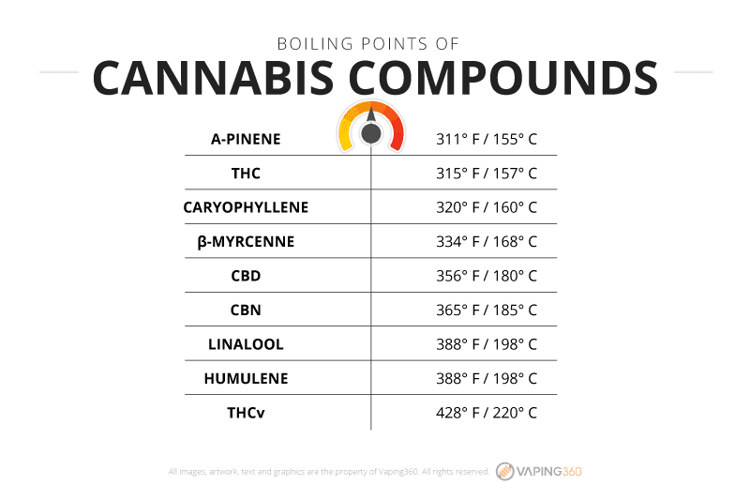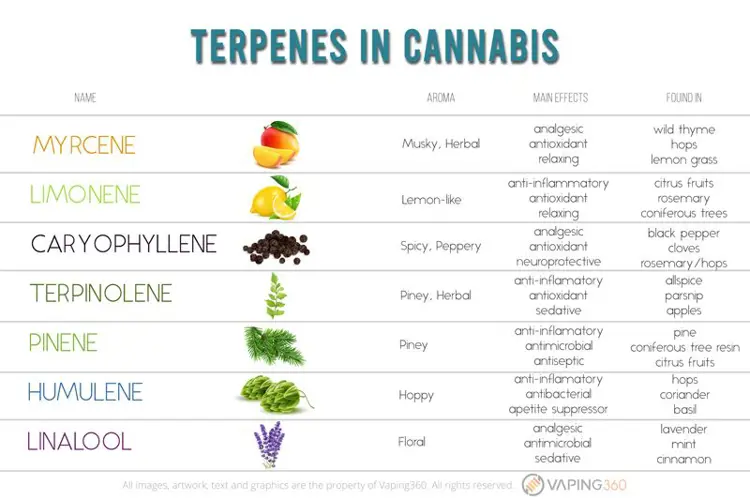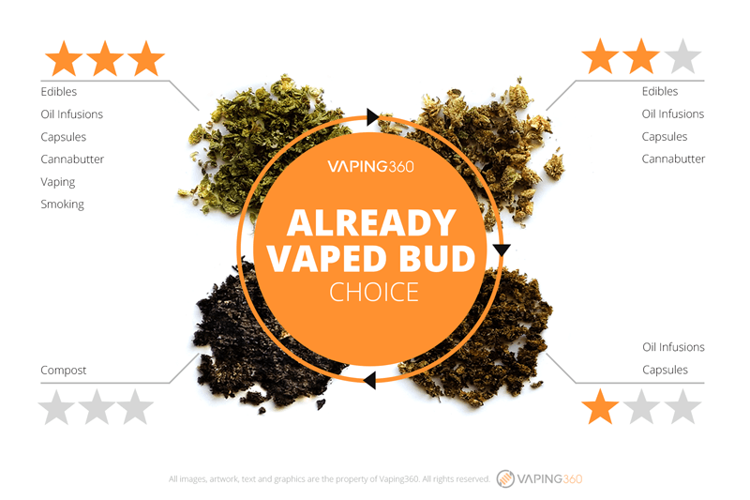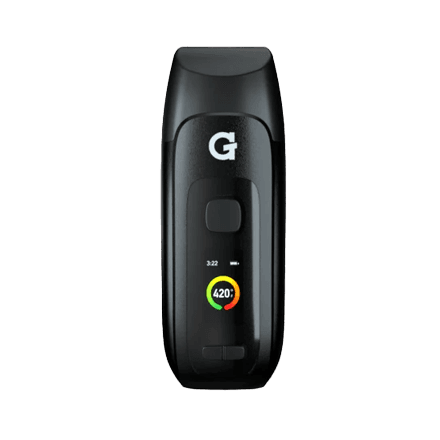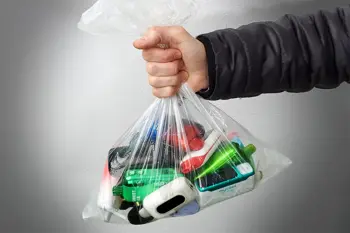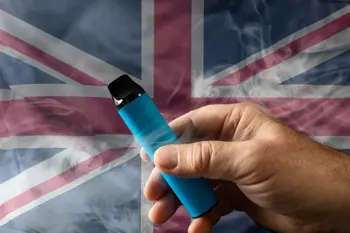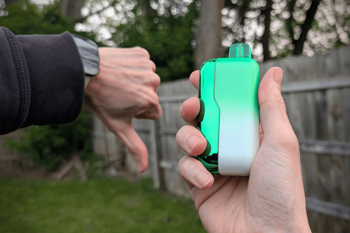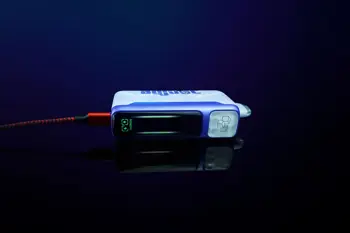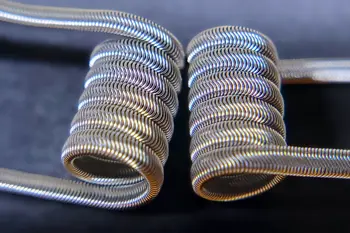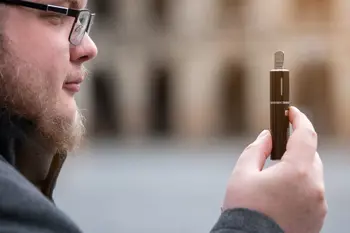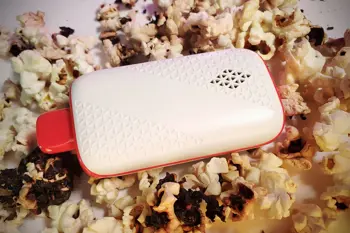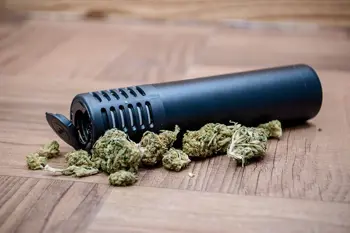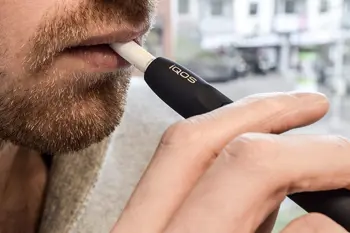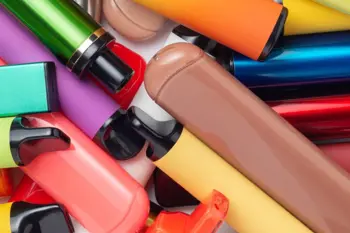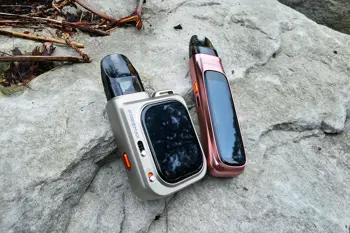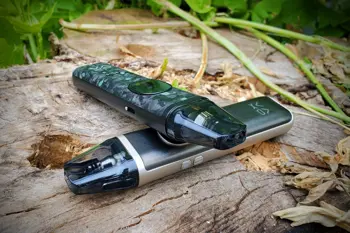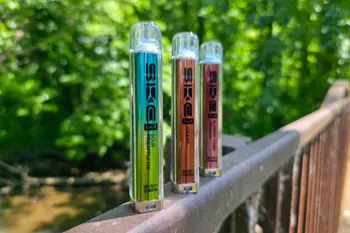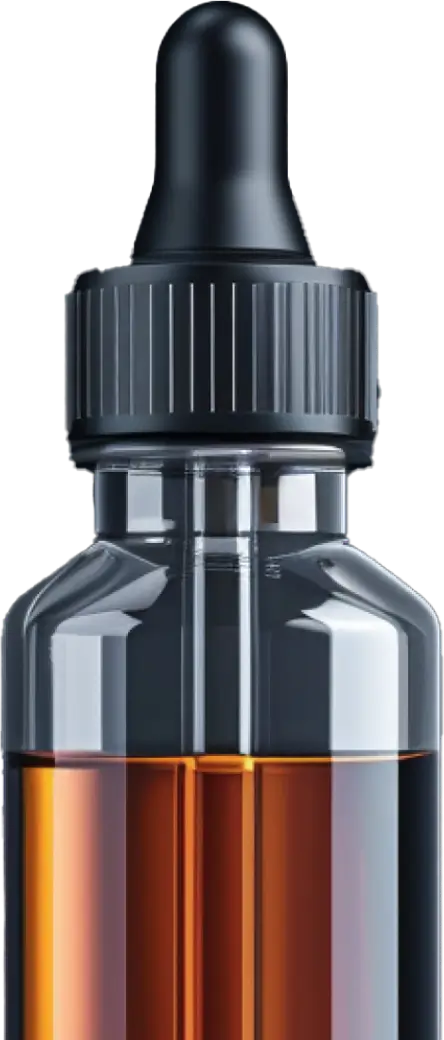- Subtle changes in flavor, vapor production, and herb texture signal when it’s time to reload a vaporizer.
- Temperature settings play a key role in vapor quality and cannabinoid activation during a session.
- Vaped weed becomes darker, drier, and less potent as its compounds are depleted.
- Already vaped bud (AVB) can be saved and repurposed for edibles, provided it’s stored properly.
When I want to enjoy cannabis flower without the health risks of smoking, I usually turn to my weed vaporizer.
From classic desktop models to modern portable vaporizers, these devices help cannabis vapers get the most out of both high-CBD hemp and THC-rich marijuana. Ultra-compact dry herb pens have taken convenience to the next level; while they don’t offer as much power as larger units, they’ve made vaping effortless and travel-friendly.
It’s very easy to tell when a cart is running low on oil. With portable and desktop vaporizers, the visual clues aren’t as obvious, even after checking the bowl. But it can still be figured out. Here’s how I know when it’s time to reload.
How to tell when vaped weed is done
Vaporization extracts oils and compounds from dry herb by heating it to high temperatures, typically above 325°F (163°C). This is around the minimum needed to fully activate delta 9 THC, which has a boiling point of 315°F (157°C).
Still, the ideal heat setting for my session depends on the boiling point of the compound I want to prioritize. Different cannabinoids have their own minimum temperature requirements.
To avoid getting caught off guard by used-up dry herb (no matter the heat level), I watch for common warning signs:
- A weak or slightly burnt flavor
- Less vapor or noticeable changes in the vapor’s appearance
- Reduced potency
- A brittle, dried-out consistency
Flavor and aroma
As a session progresses, the terpenes in dry herb create new flavors. Early on, I can enjoy the rich, well-rounded taste of high-quality bud, all without overwhelming bitterness or a burnt aftertaste.
As the herb gets used up and the terpenes dissipate, that initial rich flavor fades. The flavor may become muted, bitter, or even charred. When the taste turns unpleasant, it’s time to reload my vaporizer with freshly ground bud.
Terpenes also influence the aroma of vapor. Since changes in flavor go hand-in-hand with shifts in scent, keeping my senses engaged helps me know when it’s time to reload.
Vapor appearance and quantity
As dry herb gets used up, I can expect a noticeable decrease in vapor. While my vaporizer may still produce some, it will become sparse and take on a thinner, wispier appearance.
Before using vapor output as a sign to reload, I always consider my device’s settings. Vaping at lower temperatures (below 350°F) naturally produces less vapor, no matter how fresh the bud is. Instead of focusing on the overall density, I pay attention to how the vapor has changed since the start of my session.
Lower potency
As dry herb is used up, its active compounds—especially cannabinoids like THC—gradually lose potency. Toward the end of a session, I’ll notice milder effects since the remaining bud contains less THC. Used-up marijuana simply won’t get me as high.
If I find myself taking longer draws or spending more time vaping to achieve the desired effects, it’s probably time to reload my vaporizer’s chamber.
Dry herb consistency
As marijuana or hemp heats up, its texture gradually changes. Fresh bud starts moist and firm, but as it’s used, it becomes brittle and dry.
To check the consistency, I turn off my vaporizer and let it cool before opening the chamber. Stirring the herb helps reveal its condition. If it crumbles easily or, in extreme cases, turns to powder, it’s a clear sign to reload. Once the bud loses too much moisture to hold itself together, extracting any leftover compounds becomes nearly impossible.
What does weed look like after vaping?
The simplest way to tell if my dry herb is spent is by opening the chamber and taking a look. Along with changes in texture, its appearance will shift as well.
Fresh bud starts out green and slightly moist, but as it heats, it gradually darkens or browns.
Darkened bud doesn’t always mean it’s time to begin fresh. Conduction vaporizers use direct contact to heat flower, so stirring is essential to keep heat distribution even. If I see patches of green mixed in with the brown, a quick stir can keep the session going longer.
Can you save vaped dry herb?
Just because I’m done vaporizing doesn’t mean my dry herb is useless. What’s left behind is known as already vaped bud (AVB), which still retains some flavor and potency.
Instead of tossing it, I often save AVB for later, to make cannabutter or brownies. I encourage getting thrifty over letting perfectly usable bud go to waste.
That said, not all AVB is worth keeping. If the bud is black or very dark brown, most of its active compounds have already been zapped. Lightly toasted herb, on the other hand, is perfect for repurposing.
How I store vaped bud
AVB can be stored and used to make baked goods, edibles, capsules, or even concentrates. But this only applies to vaporized weed, not smoked bud. There’s not much you can do with ash.
After letting my vaporizer cool, I remove the used herb and store it in an airtight container, like a Mason jar. To preserve its potency, I keep the jar in a cool, dry, and dark place. Exposure to heat or sunlight might degrade the remaining active compounds, making the AVB less potent.
Time for a fresh bowl
With the rise of portable vaporizers and convenient dry herb pens, quitting smoking has never been easier. Vaporizers allow me to extract cannabinoids and terpenes from bud without combustion, offering a cleaner (and more lung-friendly) experience.
The next time my dry herb turns brown, brittle, and weak in potency, I’ll know exactly what to do: pack a fresh bowl and keep on vaping.
